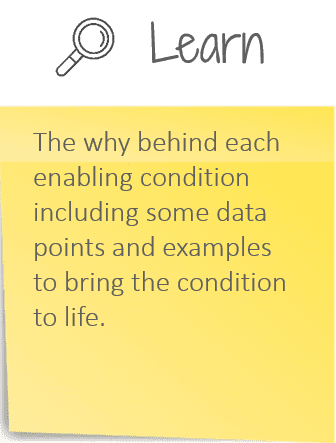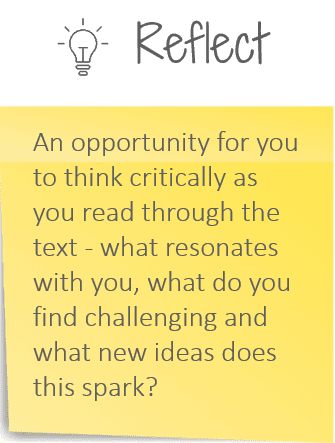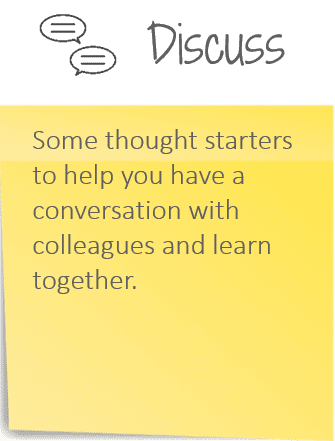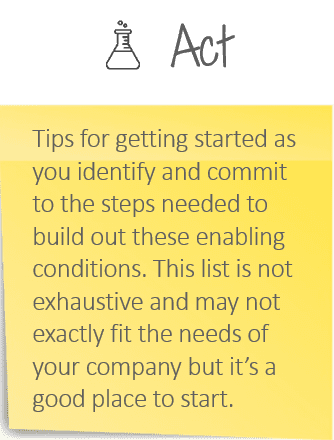Engaging Frontline Employee Voice
Enabling and listening to employee voice can unlock efficiency, productivity, and innovation
Human resources, DEIB and operations leaders know that while signing bonuses and increased pay can help get employees in the door, it won’t necessarily keep them there. Prioritizing employee voice, both the mechanisms through which it travels and the cultural conditions that let it thrive, can help employers address your talent and business concerns while better supporting your frontline. By enabling and listening to employee voice, you can unlock efficiency, productivity, and innovation across your organization.
And Talent Rewire knows that creating an environment and culture where employees can safely provide input is hard work which is why we created this tool for human resources, DEIB and operations leaders at companies of all sizes.

Explore Engaging Frontline Employee Voice
Enabling Conditions for Change
Engaging and prioritizing employee voice is an important way to address your talent and business concerns while better supporting your frontline employees but doing so authentically and effectively goes beyond regularly hosting town halls or collecting survey data.
Drawing on our research and reflecting on our work with employers and frontline employees, we see five conditions that can enable a culture where employee voice can thrive.
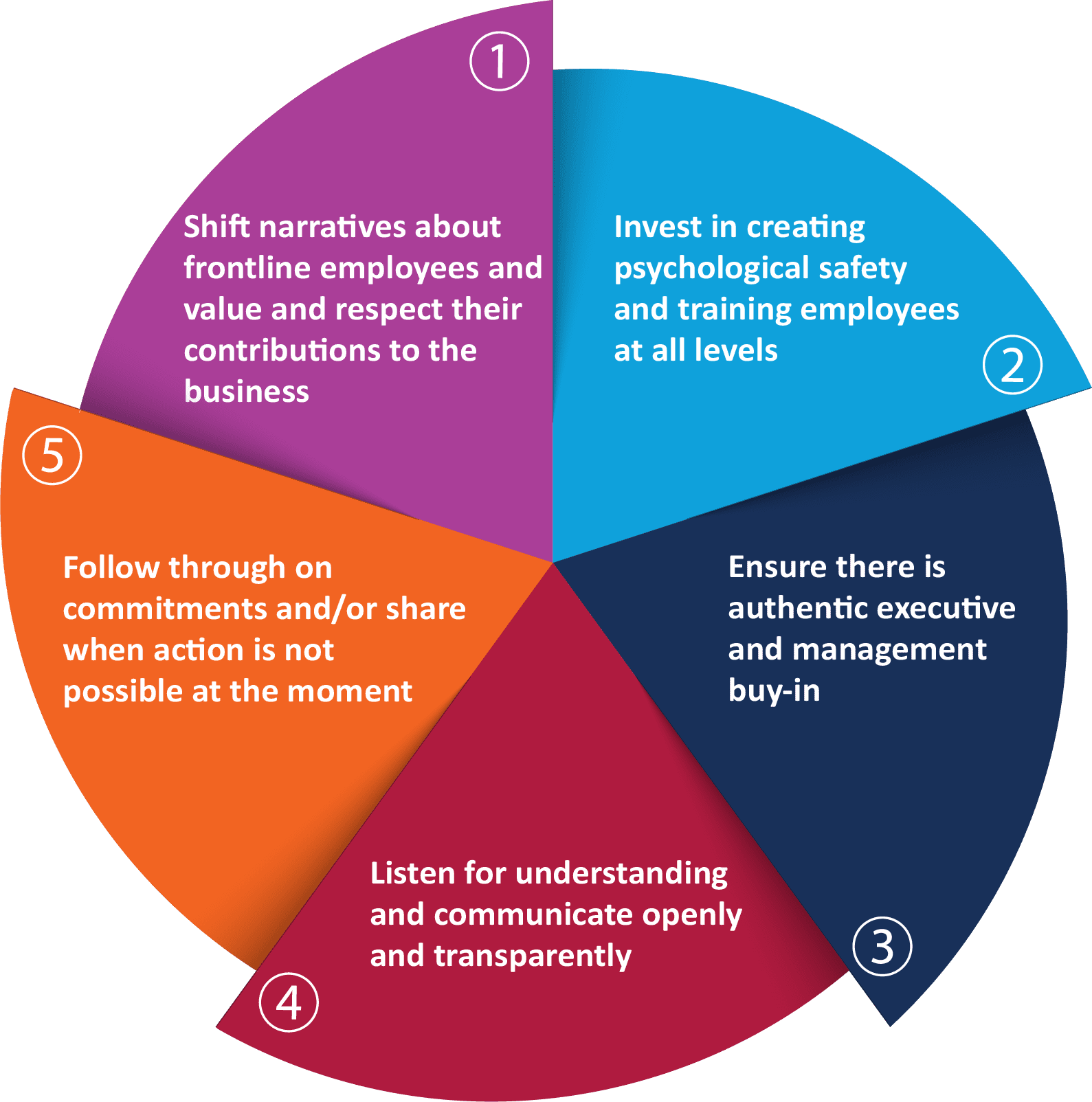
How to Use This Tool
We designed this to be an interactive tool you can engage with individually or with your team. Transforming systems can be difficult and slow – it can also be lonely work if you are going it alone. We encourage you to engage with team members as you go through the guide – print it out, make notes as you consider the prompts, have discussions, and move to action.
We love sticky notes – whether they’re stuck on the wall or they’re virtual sticky notes in a program like MURAL or Jamboard. As you move through the tool you’ll see that it is designed to simulate a brainstorming session, whether in-person or virtual.
